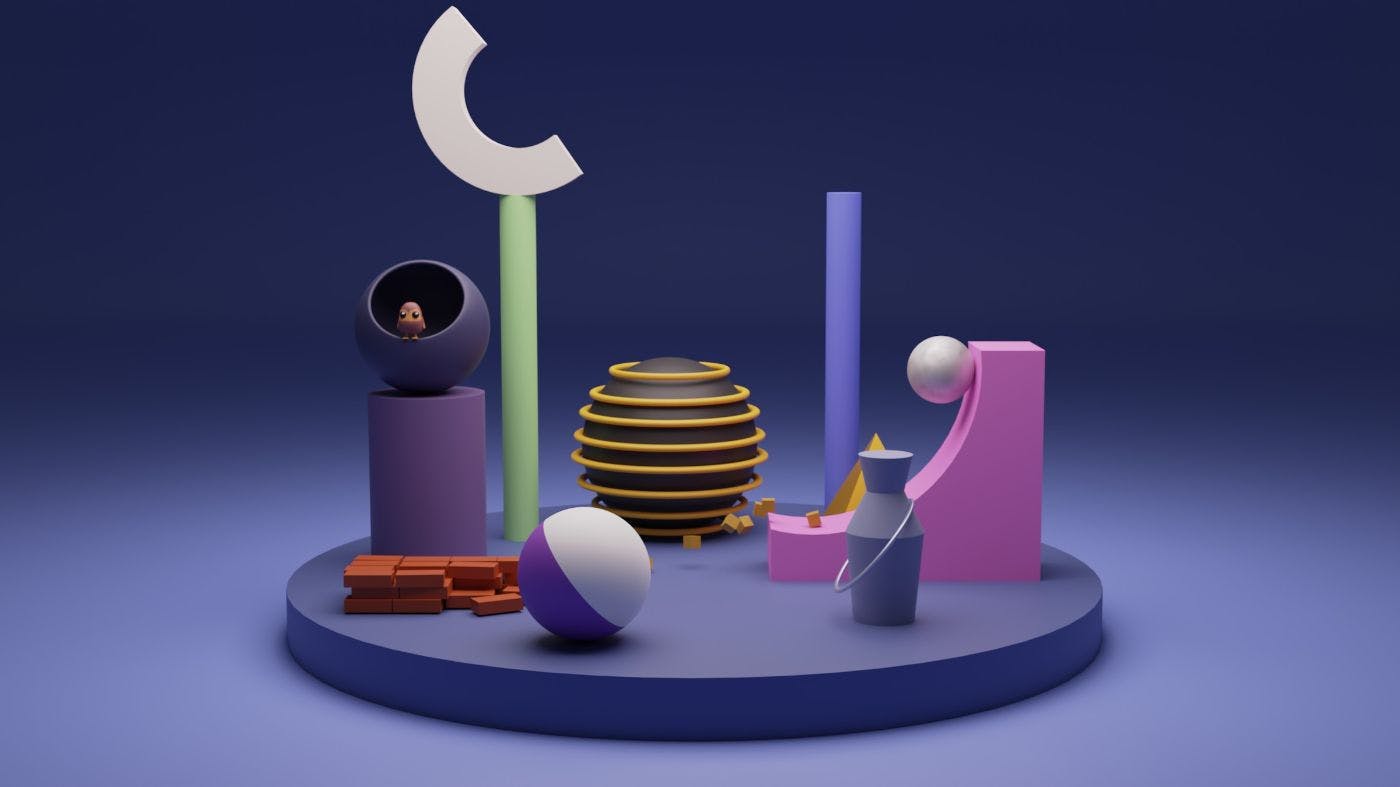
Covering the latest events, insights and views in the Web3...
Too Long; Didn't Read
Radix and LayerZero have announced a pioneering agreement to integrate LayerZero with the Radix Babylon public network. The deal, set to be completed by the end of 2023, promises to bring about increased cross-chain communication and asset transfers. Layer 1 protocols must solve scale and interoperability issues for blockchain to reach its full potential.
@IshanOnTech
IshanOnTechCovering the latest events, insights and views in the Web3 ecosystem.
Receive Stories from @IshanOnTech
Credibility



The Imperative for Layer 1 Protocols: Scaling and Cross-Chain Communication in the Age of Decentralization
The demand for fast and scalable Layer 1 protocols that enable cross-chain communication has never been greater than it is now, given the explosive growth of the digital assets and blockchain ecosystem. As a cryptocurrency and blockchain specialist, I have witnessed personally how these inventions have the potential to revolutionize the ways in which we do business, share information, and create new value in our increasingly digital society.
Layer 1 protocol solutions addressing scalability and cross-chain connectivity are essential if blockchain technology is to realize its full potential in the future. The consensus method, security, and transaction throughput in a blockchain network are all handled at the first, or fundamental, or Layer 1. Layer 1 protocols must solve scale and interoperability issues for blockchain to reach its full potential as a disruptive technology.
The scale of the issue has been shown by recent figures. For comparison, Ethereum can handle around 30 transactions per second (tps) whereas the Bitcoin network can handle about 7 tps. Centralized payment systems, however, such as Visa, can process over 65,000 transactions per second. This significant gap in throughput capacities emphasizes the critical need for blockchain networks to enhance scalability to meet rising demand and remain competitive with centralized alternatives.
Another major issue for the development of blockchain technology is cross-chain communication, often known as interoperability. With the proliferation of blockchain networks and digital assets comes the pressing need to standardize methods of interaction and the transfer of assets across them.
In order to solve these problems, innovative Layer 1 protocols need to be developed. To increase transaction speed and network scalability, several projects use sharding or novel consensus methods. These fixes will allow blockchain networks to offer more decentralized apps and better handle rising user demand. LayerZero and Polkadot's Substrate are two examples of omnichain interoperability protocols that should be used to provide seamless cross-chain communication.
Through the use of these innovations, a global, decentralized digital asset ecosystem may reach its full potential by allowing for safe and frictionless communications and asset transfers across various blockchain networks. Developers of Layer 1 protocols may help their networks thrive in today's dynamic digital environment by encouraging interoperability.
Radix and LayerZero Forge Pioneering Agreement to Boost Cross-Chain Communication and Asset Transfers
In a significant move within the digital asset and blockchain sector, Radix, a proven Layer 1 protocol that prioritizes user-friendly crypto experiences, and LayerZero, a revolutionary omnichain interoperability protocol, have announced a pioneering agreement to integrate LayerZero with the Radix Babylon public network. The deal, set to be completed by the end of 2023, promises to bring about increased cross-chain communication and asset transfers, benefitting users on both platforms.
LayerZero's cutting-edge technology allows dApps to safely and efficiently communicate with one another across blockchain networks. By bringing LayerZero into the Radix ecosystem, the firm has shown its dedication to providing a more unified and integrated experience for its customers. This change will facilitate the use of omnichain features by dApps and assets.
Vested Interest Disclosure: The author is an independent contributor publishing via our
Radix has already attracted a lot of attention despite not launching until July 2023 due to its commitment to providing developer-friendly tools and network capabilities. This strategy aims to encourage the development of dApps with broad appeal. Radix hopes to improve the platform's usability by including LayerZero, which will make it simpler for users to switch between different blockchains and have access to more options.
LayerZero will be able to demonstrate its strengths in a dynamic, user-focused environment thanks to the partnership with Radix. The collaboration is expected to increase LayerZero's user base, so that more programmers may make use of the platform's advanced interoperability tools.
Together, Radix and LayerZero are demonstrating the power of blockchain interoperability to create a more open and accessible future for cryptocurrencies and distributed applications. The combination of these two forward-thinking firms is expected to accelerate the widespread adoption of Web3 apps and produce substantial breakthroughs in blockchain technology as the merger continues.
With LayerZero's cutting-edge innovation, dApps can communicate with one another over blockchain networks without any hiccups. As part of its mission to deliver a more unified and connected experience to its consumers and developers, Radix has integrated LayerZero into its ecosystem to simplify the integration of omnichain capabilities into dApps and assets.
Even though it won't be available to the public until July 2023, Radix has already garnered a lot of interest for its promise to provide developer-friendly tools and network capabilities, which will stimulate the creation of dApps that may appeal to a broad range of users. LayerZero's integration into the Radix platform is meant to make it more convenient for users to move between blockchains and have access to additional services.
Don’t forget to like and share the story!
Image credits: Shubham Dhage.











